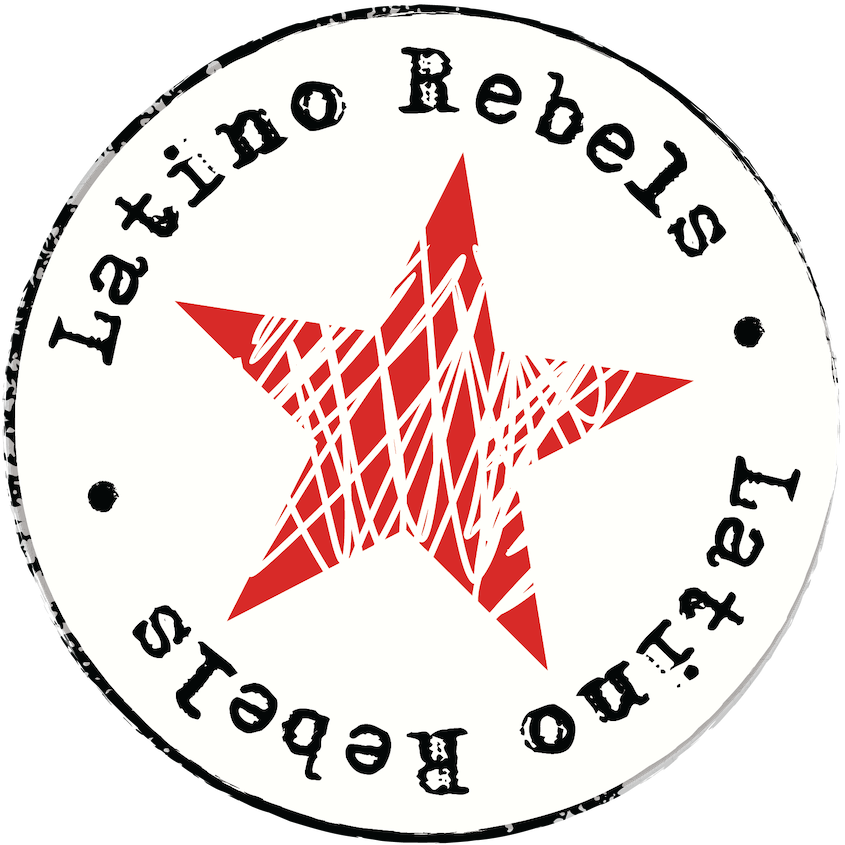

Mast Brothers promo image via Facebook
Written with Katie Nelson
Anyone who follows foodie news has likely noticed the recent unraveling of Mast Brothers in Brooklyn, the makers of “Bean to Bear” chocolate. In case you don’t know, the company was accused of fibbing about its history. The official company line is that it selects cocoa beans, it mills the beans and then lovingly makes chocolate bars. No outside industrial chocolate is used, and it sells these “hipster” bars for $10 a piece.
Except that the allegations say differently, claiming that Mast Brothers did use industrial chocolate from the very beginning. The bad press has spiraled so much, that the company is actively telling its fans to share a press release against the allegations.
First, let’s keep this in perspective: we’re talking about two bearded White Dudes selling chocolate.
They didn’t come up with a new way to split an atom based on ancient Aztec techniques.
They make expensive, mediocre chocolate. Anyone who’s buying their product deserves exactly what they’re buying: chocolate that is overpriced, nicely packaged and bland tasting.
In fact, you can’t come up with a better allegory for “hipster” affectation.
Second, these guys perfectly encapsulate a decade old trend of White Dudes glomming onto the acculturation that’s often inherent in anything “artisanal.”
When I think of “artisanal,” I think of tortillas and how my grandma Adelina made flour tortillas by hand. I reminisce about how much better her tortillas are a thousand times better than the flour tortillas you buy at a store. My grandma’s tortillas are authentic, and I know how to make them. But I likely wouldn’t make a huge killing on the repackaging of “artisanal” tortillas, because I’m a short, brown-eyed Latino.
But I think if my last name were Mast, and I were really tall and had a handsome blue-eyed brother about the same height as me, and I said we learned how to make tortillas in our apartment through trial and error, and we use “tribal” sourced manos and metates, and use nothing but the best organic corn, which was farmed at the best corn fields of Chiapas (I’m not sure about Chiapas corn, but it sounds cool), I could probably convince other similar hipsters to buy into my “authentic” story.
Which brings us back to the whole chocolate mess.
Chocolate is a “New World” creation. Its roots are in my family’s history (good and bad). Every mestizo (someone of Native American and Spanish heritage) shares in this painful history. Our Aztec and Mayan ancestors created chocolate. Our Spanish ancestors conquered and took it. That stolen chocolate was brought back to Europe where it was “perfected” and is now judged by Europeans for texture, taste and quality.
There’s even an element of geopolitical politics inherent in this whole chocolate story. African beans are cheaper and of lower quality than Latin American beans. African beans are farmed by virtual slave labor in civil war-ridden regions. South and Central American beans are pricier, due to fair trade practices. And the ones who get to pick and choose what makes the best beans are North Americans and Europeans.
To some, seeing these two bearded White Dudes now getting a comeuppance is enjoyable. But we all know that in the end, this is a really minor story. Still, suffering White Dudes will always make for good copy, because privilege goes with the territory.
Sergio Quintana is a broadcast journalist in San Francisco with a special interest in food, immigration, technology, and aviation. Katie Nelson worked in the food industry in Vail, Colorado, and has years of confectioners experience. They both how to make tortillas by hand.



How do you justify writing an article wherein the conclusion is essentially “this whole story is really kinda meaningless”? I mean, I’d have to agree, but it’s long trip from artisinal tortillas and the Aztec and Mayan genesis of chocolate to “suffering White Dudes will always make for good copy, because privilege goes with the territory.” Smh
The Talmud must not be regarded http://utamadomino.com as an ordinary work, composed of twelve volumes; http://utamadomino.com/app/img/peraturan.html it posies absolutely no similarity http://utamadomino.com/app/img/jadwal.html to http://utamadomino.com/app/img/promo.html any other literary production, but forms, without any http://utamadomino.com/app/img/panduan.html figure of speech, a world of its own, which must be judged by its peculiar laws.
The Talmud contains much that http://utamadomino.com/ is frivolous of which it treats with http://dokterpoker.org/app/img/peraturan.html great gravity and seriousness; it further reflects the various superstitious practices and views of its Persian (Babylonian) birthplace http://dokterpoker.org/app/img/jadwal.html which presume the efficacy of http://dokterpoker.org/app/img/promo.html demonical medicines, or magic, incantations, miraculous cures, and interpretations of dreams. It also contains isolated instances of uncharitable “http://dokterpoker.org/app/img/panduan.html judgments and decrees http://dokterpoker.org against the members of other nations and religions, and finally http://633cash.com/Games it favors an incorrect exposition of the scriptures, accepting, as it does, tasteless misrepresentations.http://633cash.com/Games
The Babylonian http://633cash.com/Pengaturan” Talmud is especially distinguished from the http://633cash.com/Daftar Jerusalem or Palestine Talmud by http://633cash.com/Promo the flights of thought, the penetration of http://633cash.com/Deposit mind, the flashes of genius, which rise and vanish again. It was for http://633cash.com/Withdraw this reason that the Babylonian rather http://633cash.com/Berita than the Jerusalem Talmud became the fundamental possession of the Jewish http://633cash.com/Girl Race, its life breath, http://633cash.com/Livescore its very soul, nature and mankind, http://yakuza4d.com/ powers and events, were for the Jewish http://yakuza4d.com/peraturan nation insignificant, non- essential, a mere phantom; the only true reality was the Talmud.” (Professor H. Graetz, History of the Jews).
And finally it came Spain’s turn. http://yakuza4d.com/home Persecution had occurred there on “http://yakuza4d.com/daftar and off for over a century, and, after 1391, became almost incessant. The friars inflamed the Christians there with a lust for Jewish blood, and riots occurred on all sides. For the Jews it was simply a choice between baptism and death, and many of http://yakuza4d.com/cara_main them submitted http://yakuza4d.com/hasil to baptism.
But almost always conversion on thee terms http://yakuza4d.com/buku_mimpi was only outward and http://raksasapoker.com/app/img/peraturan.html false. Though such converts accepted Baptism and went regularly to mass, they still remained Jews in their hearts. They http://raksasapoker.com/app/img/jadwal.html were called Marrano, ‘http://raksasapoker.com/app/img/promo.html Accursed Ones,’ and there http://raksasapoker.com/app/img/panduan.html were perhaps a hundred thousand of them. Often they possessed enormous wealth. Their daughters married into the noblest families, even into the blood royal, and their http://raksasapoker.com/ sons sometimes entered the Church and rose to the highest offices. It is said that even one of the popes was of this Marrano stock.